Choosing the Right Storage Solutions for Baby Toys
Types of Storage Containers – Bins, baskets, drawers, and bins with lids
Choosing the right storage solutions for baby toys can transform chaos into calm — but not all containers are created equal. With an array of options available, from practical bins to aesthetically pleasing baskets, selecting the perfect fit hinges on safety, accessibility, and organisation. Did you know that an overwhelming 60% of parents report difficulty in maintaining a tidy play area? That’s where understanding the different types of storage containers becomes crucial.
Opt for sturdy, child-safe bins with smooth edges and secure lids to prevent accidental spills and keep toys out of reach when necessary. Baskets crafted from natural fibres add a touch of warmth, blending seamlessly into nursery decor while offering easy access. Drawers with dividers can categorise toys by size or type, making it easier for little hands to choose and tidy away items independently.
- Bins with lids for hidden storage
- Woven baskets for quick access
- Drawers with organisers for categorised toy storage
Understanding how to store baby toys effectively means selecting containers that balance practicality with safety, ensuring playtime remains joyful and mess stays manageable. Each option offers unique advantages, and combining them can create an organised sanctuary where imagination thrives and clutter is kept at bay.
Material Considerations – Plastic, fabric, wicker, and eco-friendly options
When contemplating how to store baby toys, material considerations often overshadow the importance of durability, safety, and environmental impact. Parents are increasingly drawn to eco-friendly options, recognising that the materials used in storage solutions can influence not only the longevity of the containers but also the well-being of their little ones. While plastic remains a popular choice for its affordability and ease of cleaning, it’s crucial to select high-quality, BPA-free variants to avoid harmful chemicals leaching into toys during playtime. Conversely, fabric storage options, such as soft-sided organisers or collapsible baskets, offer a gentle tactile experience that aligns with the tender nature of infancy. These fabrics, often made from organic or sustainably sourced fibres, foster a warm, inviting nursery environment.
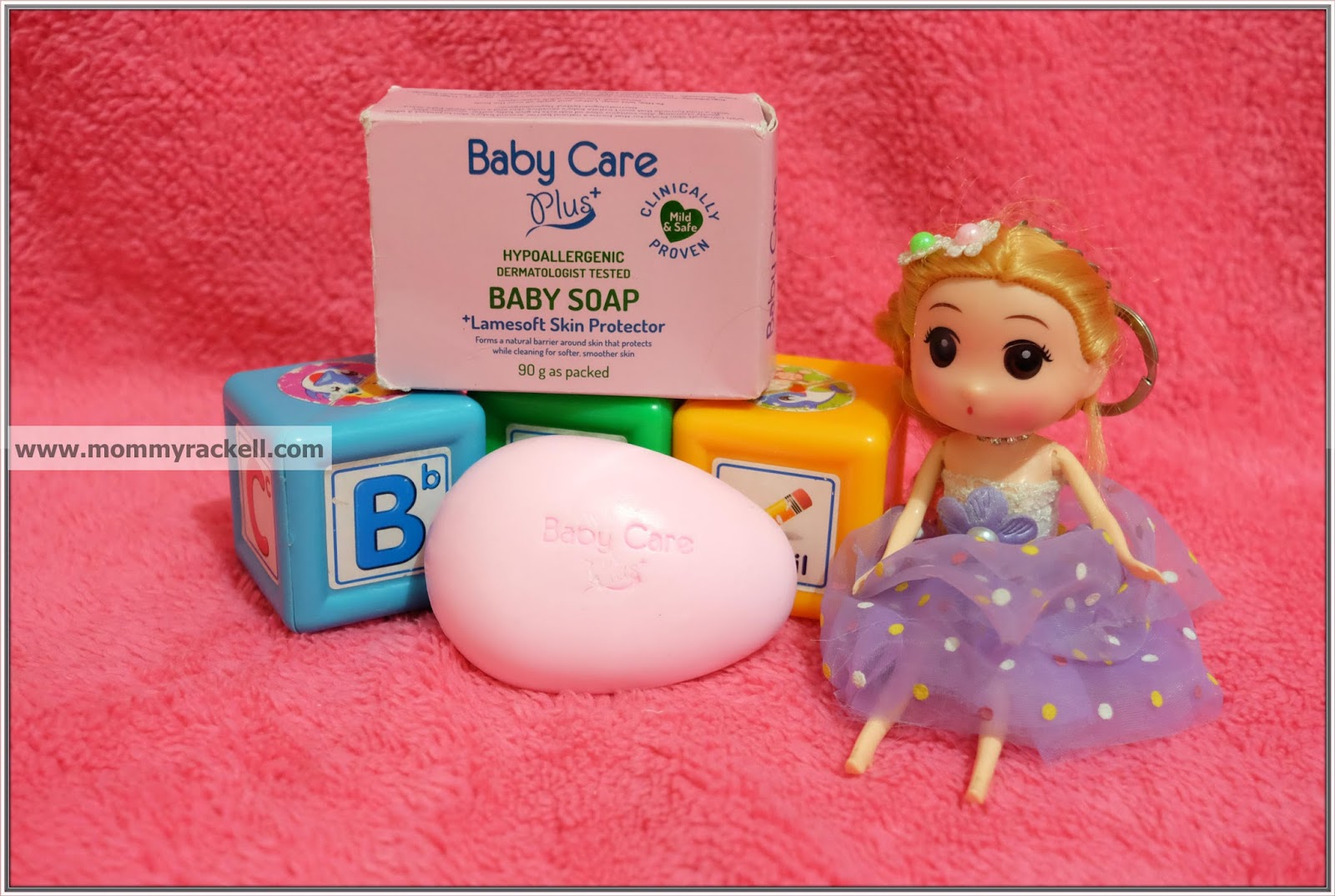
Wicker and natural fibre baskets provide a rustic charm that blends seamlessly with modern nursery decor, all while serving as functional repositories. Their breathability and durability make them ideal for storing a variety of toys, from plush animals to stacking blocks. For environmentally conscious households, eco-friendly storage options—crafted from recycled or biodegradable materials—are not just a statement of sustainability but also a testament to conscientious parenting. As you navigate how to store baby toys, selecting storage containers that harmonise safety, aesthetic appeal, and eco-awareness ensures a nurturing, clutter-free space for the tiniest explorers.
Size and Capacity – Selecting containers based on toy volume and types
Effective storage begins with understanding the size and capacity of your baby toys. With countless miniature plush animals, stacking blocks, and musical toys vying for space, choosing the right container can prevent chaos from taking over the nursery. It’s tempting to cram everything into a single box, but this often leads to frustration and unnecessary clutter. Instead, consider categorising toys by size and type to optimise storage.
For smaller items like rattles and teething rings, compact organisers or small baskets work wonders. Larger toys, such as soft dolls or ride-on cars, demand sturdier, sizeable containers that can accommodate their bulk without causing damage or creating a mess.
- Assess the volume of toys regularly to avoid overstuffing storage containers.
- Prioritise accessibility so that your little one can independently reach their favourites.
When selecting containers for how to store baby toys, always keep in mind that capacity should align with the toy collection’s growth, ensuring a tidy space that encourages play and organisation alike.
Organizing Baby Toys for Easy Access
Categorizing Toys – Soft toys, rattles, teething toys, and educational toys
Organising baby toys for easy access is more than just tidying up; it’s about creating a system that encourages independence and reduces frustration. Categorising toys such as soft toys, rattles, teething toys, and educational toys helps both caregivers and little ones find what they need swiftly. When you understand how to store baby toys effectively, you streamline playtime and minimise clutter, making daily routines smoother.
One practical approach is to assign specific storage zones for each toy category. For example, soft toys can go into a plush basket, while educational toys are best kept in a labelled container for quick retrieval. Using clear containers or colour-coded bins makes it easier for children to recognise where their favourite toys belong. This method not only simplifies clean-up but also teaches organisational skills from an early age.
In some cases, a combination of open shelving for frequently used toys and closed storage for seasonal or less often played-with items proves most effective. By understanding how to store baby toys, you foster a tidy environment that promotes both play and learning, while ensuring everything remains within reach—no more endless rummaging or lost favourites!
Labeling Systems – Using labels or pictures for quick identification
In the delicate realm of childhood, organisation becomes an act of respect towards a child’s world—a way of honouring their curiosity and fostering independence. When considering how to store baby toys, a subtle yet profound realisation emerges: clarity and simplicity in storage systems can transform chaos into comfort. Labeling systems, especially those using pictures or symbols, serve as silent guides that empower little ones to participate in tidying up, nurturing their organisational instincts from an early age.
Visual cues are powerful. They transcend language barriers and speak directly to a child’s developing mind. For example, a picture of a teddy bear on a soft toy basket or a colourful icon representing rattles can make the task of tidying intuitive and engaging. To enhance the process, consider implementing a combination of storage solutions—such as open shelves for frequently used toys paired with labelled containers for less commonly played items. This approach not only streamlines access but also cultivates an environment where organisation becomes a natural part of play.
Designated Play Areas – Creating specific zones for toy storage
Creating designated play areas is a game-changer when learning how to store baby toys. Clear zones within the room help children understand where their toys belong and encourage independence. By establishing specific spots for soft toys, rattles, or educational toys, you make tidying up effortless. Visual cues, such as colourful labels or pictures, make it intuitive for little ones to put things away correctly. This not only keeps the space organised but also nurtures their organisational instincts from an early age.
To maximise efficiency, consider dividing the play area into sections tailored to different toy types. For example, a corner for soft toys and a separate shelf for rattles can streamline access. An open shelf with labelled compartments allows children to quickly find and return their favourite items, reinforcing a habit of tidiness. When children can easily see and reach their toys, learning how to store baby toys becomes a natural part of their daily routine. This organised approach fosters a clutter-free environment that promotes both play and development.
Maximizing Space in Small Areas
Vertical Storage Solutions – Wall-mounted shelves and hanging organizers
In the often chaotic realm of tiny treasures, understanding how to store baby toys becomes an art of subtlety and innovation. Small spaces demand ingenuity; vertical storage solutions transform underused wall real estate into functional sanctuaries for clutter. Wall-mounted shelves offer an elegant yet practical approach, allowing for easy access while keeping toys off the floor, which is vital for maintaining a safe environment. Hanging organisers, with their multiple compartments, utilise vertical space efficiently and make sorting toys straightforward. This method not only maximises space but also encourages independence, as children can choose their toys without creating disorder.
By integrating these vertical storage solutions, you create a visual hierarchy that reduces visual clutter and fosters a calming atmosphere. Remember, the key lies in strategic placement—think about the natural flow of play and ensuring that every centimetre of space is utilised meaningfully. When considering how to store baby toys, embracing vertical storage isn’t merely practical; it’s a philosophical choice that elevates the entire child-rearing experience. It’s about transforming chaos into order, and chaos into a curated haven of discovery and growth.
Under-Bed Storage Options – Utilizing under-bed bins and drawers
In the shadowed corners of domestic chaos, the question persists: how to store baby toys in a manner that preserves both order and serenity. For those seeking to tame the wild proliferation of miniature treasures, under-bed storage options emerge as an unsung hero. These hidden sanctuaries, in the form of bins and drawers, offer a clandestine vault beneath the bed—a space where chaos is subdued into quiet repose.
Utilising under-bed bins and drawers allows for the discreet concealment of soft toys, rattles, and educational toys, transforming disorder into an organised haven. For added efficiency, consider these strategies:
- Choose containers with sturdy lids to prevent dust and curious fingers from disturbing the peace.
- Opt for low-profile drawers that slide smoothly beneath the bed, maximising every inch of that shadowy realm.
- Label each container with symbols or pictures, ensuring even the smallest occupants can participate in the ritual of tidying.
In the labyrinth of tiny treasures, such clandestine storage solutions are not merely practical—they become a vital part of the ritual of understanding how to store baby toys, turning clutter into a curated mosaic of innocence and discovery.
Multi-Functional Furniture – Storage beds and ottomans with hidden compartments
Space is often at a premium in small nurseries, yet clever solutions can maximise every inch. Multi-functional furniture offers a seamless way to optimise storage without sacrificing style or comfort. Storage beds with built-in compartments provide ample room for soft toys, rattles, and educational toys, keeping them out of sight but within easy reach. Similarly, ottomans with hidden chambers serve as versatile pieces that double as seating and toy repositories.
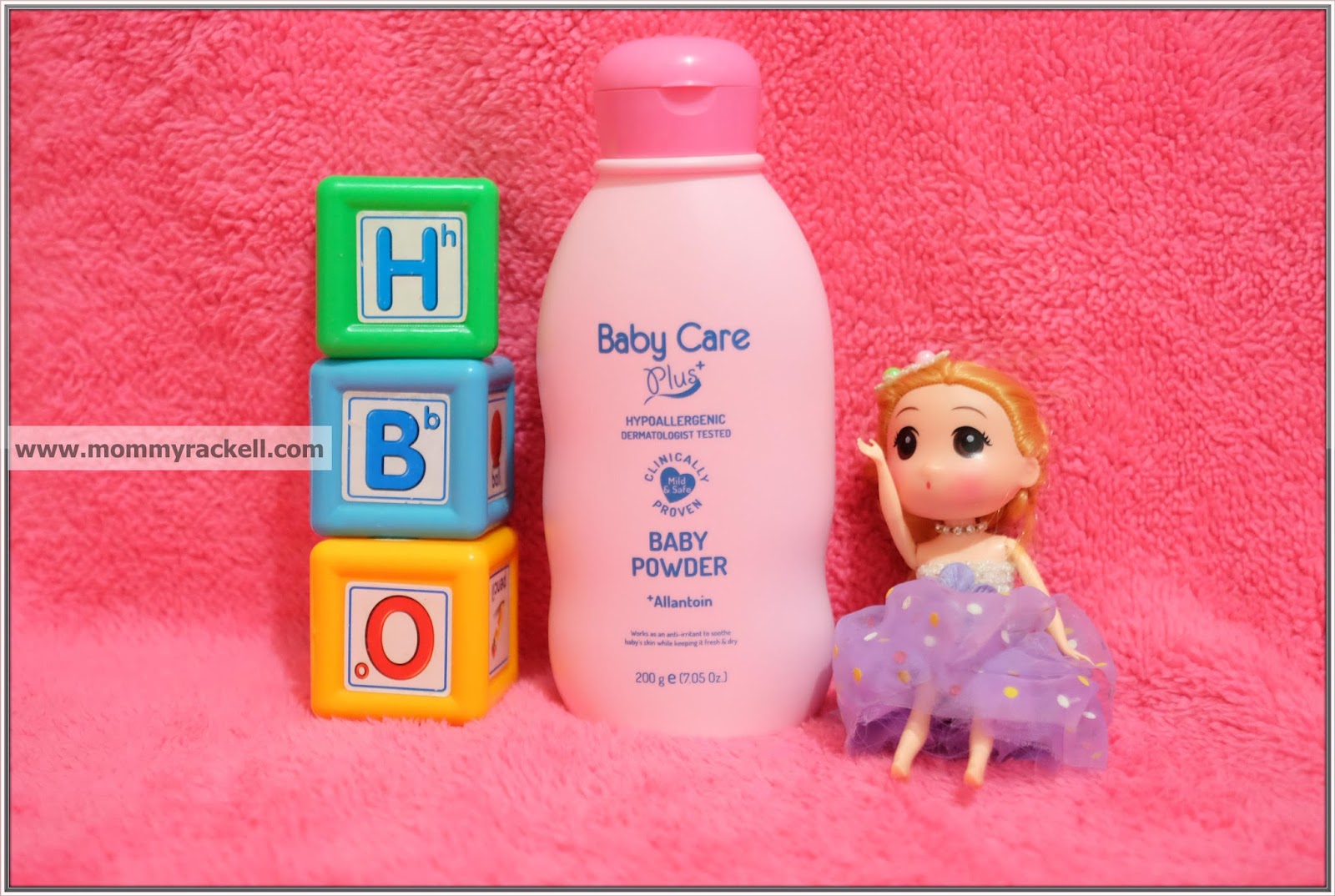
These innovative pieces allow for discreet storage, making it easier to maintain a tidy environment. By incorporating furniture that serves dual purposes, you can effectively address how to store baby toys while preserving visual harmony in the room. For example, consider a storage bed with multiple drawers or a cosy ottoman that opens up to reveal a cavernous space. Such options turn clutter into organised calm, effortlessly integrating storage with daily routines.
Maintaining Cleanliness and Safety
Regular Cleaning of Storage Containers – Washing fabric bins and wiping plastic containers
Maintaining cleanliness and safety in how to store baby toys is not merely a matter of hygiene; it is a moral imperative. Babies explore their world through touch and taste, often putting toys in their mouths, which underscores the importance of regular cleaning. Over time, toys can accumulate dust, bacteria, and hidden dirt—risks that are easily mitigated through diligent maintenance of storage containers.
Washing fabric bins with gentle soap and wiping plastic containers with disinfectant are simple yet crucial steps. These routines ensure that the storage environment remains not only tidy but also safe for curious little hands. When considering how to store baby toys, remember that cleanliness directly influences safety.
A straightforward approach involves establishing a schedule—perhaps weekly—to check and clean storage solutions. This proactive stance transforms storage from a passive act into an ongoing commitment to your child’s wellbeing. After all, a clean and secure storage system nurtures a sense of trust and comfort in their growing world.
Safe Materials – Ensuring non-toxic and BPA-free storage options
Ensuring the safety of your little explorer requires more than just organising toys—it demands total confidence in the materials used. When considering how to store baby toys, prioritising safe materials is paramount. Non-toxic, BPA-free storage options eliminate the lurking risk of chemical exposure that can turn playtime into a hazard. Babies’ delicate skin and curious mouths make it essential to select containers that are free from harmful substances.
Opt for storage solutions that explicitly state they are BPA-free and made from non-toxic materials. These choices not only protect your child but also promote peace of mind for parents. For added security, consider investing in storage containers with smooth finishes and rounded edges—these minimise the risk of scratches or injuries during handling. Remember, safety is an ongoing commitment, and choosing the right storage materials is a crucial step in how to store baby toys safely and effectively.
Inspection for Damaged Toys and Containers – Discarding broken items and worn-out storage
Baby toys are a delightful chaos, but beneath the colourful surface lurks the real danger—hidden damage and dirt that can turn playtime into a health hazard. Regularly inspecting storage containers and toys isn’t just about tidiness; it’s a crucial step in how to store baby toys safely. Worn-out toys or shattered containers aren’t just eyesores—they’re potential injury hazards or bacterial hotspots. Discard any broken items promptly, because a splintered plastic rattle or torn fabric bin is an open invitation for trouble.
Keep a vigilant eye on your storage solutions. Cracks in plastic bins or frayed fabric can harbour germs and pose risks to your curious little one. Consider establishing a routine inspection, turning it into almost a game—”toy surgery,” if you will. For added peace of mind, create a checklist of what to look out for: loose parts, sharp edges, mould or mildew, and discolouration. Remember, when in doubt, it’s better to toss than to risk a trip to the emergency room.
Tips for Keeping Baby Toys Organized
Routine Tidying Schedule – Weekly or bi-weekly cleanup routines
Keeping baby toys tidy might seem like an endless battle, but establishing a routine can turn chaos into calm. A weekly or bi-weekly tidying schedule helps prevent toy overload and keeps play areas safe and inviting. During these sessions, make it a habit to inspect toys for damage, ensuring that no broken bits pose a choking hazard.
To streamline the process, consider employing a simple system like a
- rotation of toys
—it keeps things fresh and prevents clutter from spiraling out of control. Regularly sorting toys into categories such as soft toys, rattles, or educational items can make your storage efforts more efficient. Plus, a little bit of organisation now saves hours of frantic searching later. Remember, mastering how to store baby toys with consistency transforms a chaotic play zone into a sanctuary of neatness and safety.
Involving Your Baby – Teaching the importance of tidiness from an early age
Teaching your baby the importance of tidiness from an early age is a gift that lasts a lifetime. Involving your little one in organising their toys not only fosters a sense of responsibility but also transforms cleaning into a fun, bonding activity. When toddlers learn how to store baby toys properly, they develop valuable organisational skills that will serve them well in later life. Using simple routines, such as placing toys back into designated containers after playtime, creates consistency and reduces clutter.
Make it a playful challenge—encourage your baby to choose a favourite toy and find the perfect spot for it. This cultivates decision-making and reinforces the habit of tidiness. To further streamline the process, consider introducing visual cues like labelled bins or colourful pictures that signal where each toy belongs. Over time, this gentle guidance helps your child understand the importance of keeping their play area orderly, making it easier for everyone to enjoy a safe and inviting space.
Rotating Toys – Storing out-of-use toys and rotating them for interest
In the labyrinth of childhood, toys are more than mere objects; they are gateways to discovery, imagination, and growth. Yet, without intentionality, their chaos can overshadow the joy they bring. How to store baby toys effectively often becomes a silent question in many households. The secret lies not just in the containers chosen, but in the artful practice of rotation—an overlooked yet vital component of maintaining order and stimulating interest.
Rotating toys isn’t simply about hiding away the clutter. It’s about preserving curiosity and preventing overwhelm. By storing out-of-use toys in designated, easily accessible containers—like labelled bins or under-bed drawers—you create a sanctuary of anticipation. When toys are periodically reintroduced, they regain their allure, sparking fresh engagement and extending their lifespan.
- Start by categorising toys—soft toys, rattles, or educational tools—then rotate subsets every few weeks.
- Use clear, labelled storage containers to simplify the process and foster independence.
- Keep a mental or physical inventory to track what’s been rotated in or out, reducing unnecessary clutter.
In this way, the act of how to store baby toys transforms from a mundane chore into a meaningful ritual—an intentional dance of organisation and discovery that nurtures your child’s sense of order, curiosity, and autonomy.
Eco-Friendly and Sustainable Toy Storage Ideas
Choosing Recycled Materials – Using containers made from sustainable resources
In an era where sustainability is more than just a buzzword, embracing eco-friendly and sustainable toy storage ideas is both a moral duty and a clever organisational strategy. Choosing containers made from recycled materials offers a charming blend of practicality and planetary kindness. Imagine bins fashioned from reclaimed wood or colourful baskets spun from organic cotton – these treasures not only keep your space tidy but also serve as silent advocates for environmental stewardship.
Opting for storage solutions crafted from sustainable resources helps reduce plastic waste and promotes a greener lifestyle. For those wondering how to store baby toys in an eco-conscious manner, consider integrating versatile options like recycled plastic bins or bamboo organisers. They’re sturdy, stylish, and kinder to the Earth. Such choices reflect a conscientious approach, turning clutter management into a statement of values rather than merely a chore.
DIY Storage Solutions – Crafting storage with repurposed items
In a world increasingly attuned to the delicate balance between nurturing growth and safeguarding our planet, exploring eco-friendly and sustainable toy storage ideas becomes more than just a necessity—it’s a gentle act of reverence. When pondering how to store baby toys, why not dive into the realm of DIY solutions crafted from repurposed treasures? These inventive approaches transform everyday objects into charming containers that whisper stories of sustainability and creativity.
Imagine repurposing vintage tea tins, colourful mason jars, or even old wicker baskets—each piece reborn with a new purpose. Not only do these solutions keep toys organised, but they also add a whimsical touch to your nursery or play area. To streamline your efforts, consider forming an organic list of versatile, eco-conscious materials:
- Reclaimed wood boxes—sturdy and rustic, perfect for larger toys
- Upcycled fabric pouches—ideal for soft toys and small rattles
- Bamboo baskets—naturally durable and beautifully sustainable
Creating your own storage with recycled items not only diminishes waste but also infuses your space with a personalised charm. It’s a magical dance between function and conscience, where each handcrafted container becomes a testament to mindful living and inventive spirit. When pondering how to store baby toys, a touch of eco-conscious craft can turn clutter into an enchanting display of sustainable artistry.
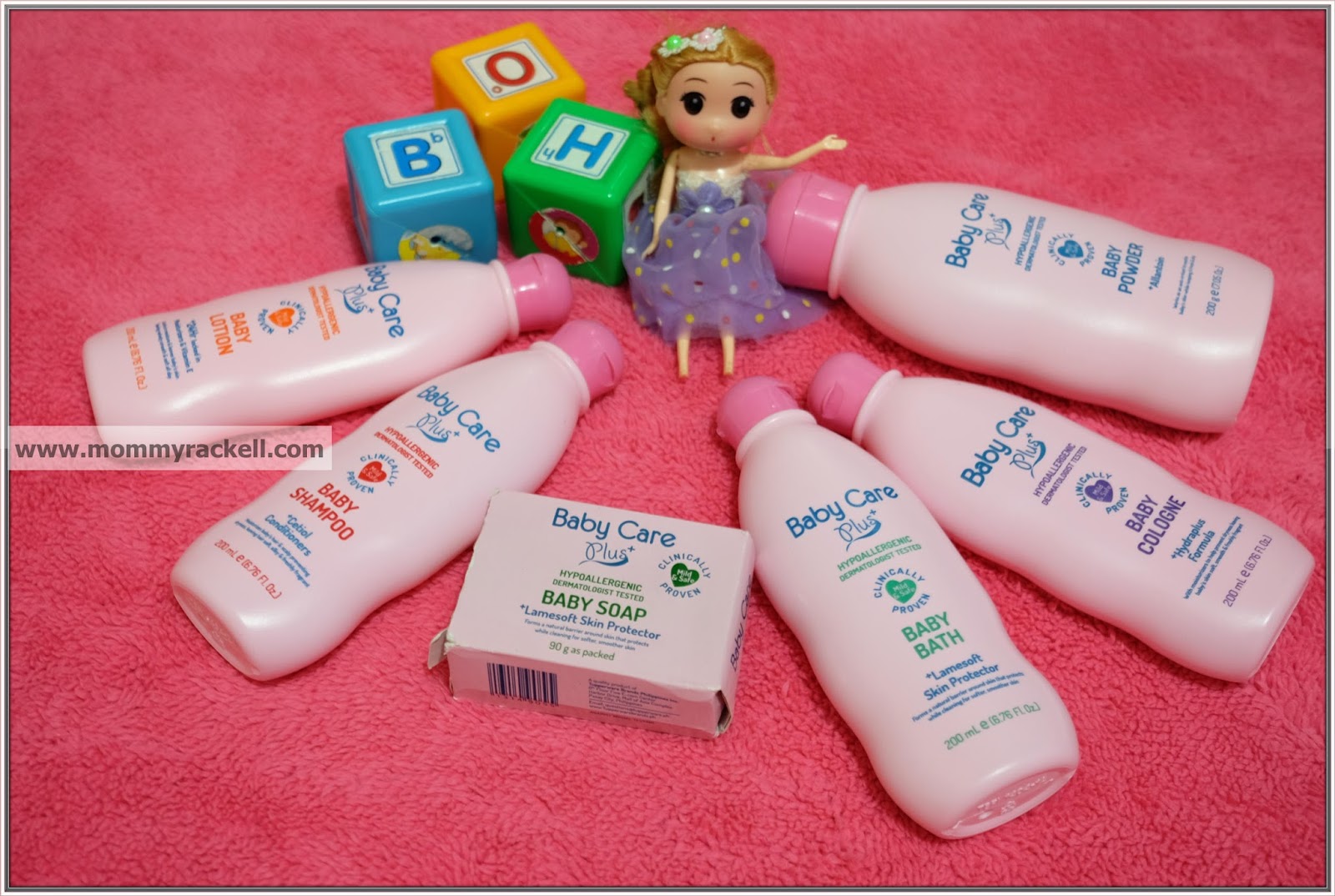
Minimalist Storage Approach – Reducing clutter for a cleaner environment
In the quest for a clutter-free nursery, embracing a minimalist storage approach can be truly transformative. By reducing excess toys and embracing simple, eco-friendly solutions, you not only create a cleaner environment but also nurture a sense of calm and order. Thoughtfully curated storage fosters a space where your little one’s world feels soothing and safe, encouraging imaginative play without chaos.
When considering how to store baby toys, prioritise sustainable options that blend seamlessly into your living space. Natural materials like reclaimed wood boxes or bamboo baskets serve as both functional and decorative elements—bringing a touch of nature indoors. These choices help diminish the environmental footprint while adding warmth and charm to the nursery. For soft toys and rattles, upcycled fabric pouches are a delightful solution, making tidying up a gentle, eco-conscious routine.
To keep things organised, a simple categorisation system can work wonders. Using clearly labelled baskets or picture-based tags ensures that toys are easy to find and put away. This not only reduces clutter but also encourages your little one to take part in tidying up, fostering early independence and environmental awareness. Remember, when exploring how to store baby toys, the goal is to marry practicality with sustainability, creating a space that celebrates mindful living and imaginative joy!
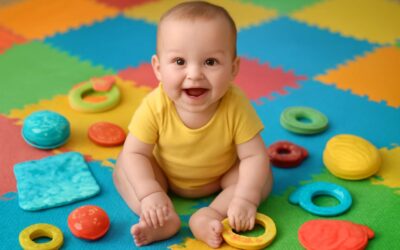
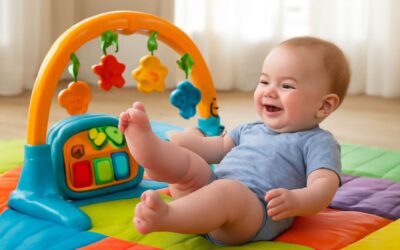
0 Comments